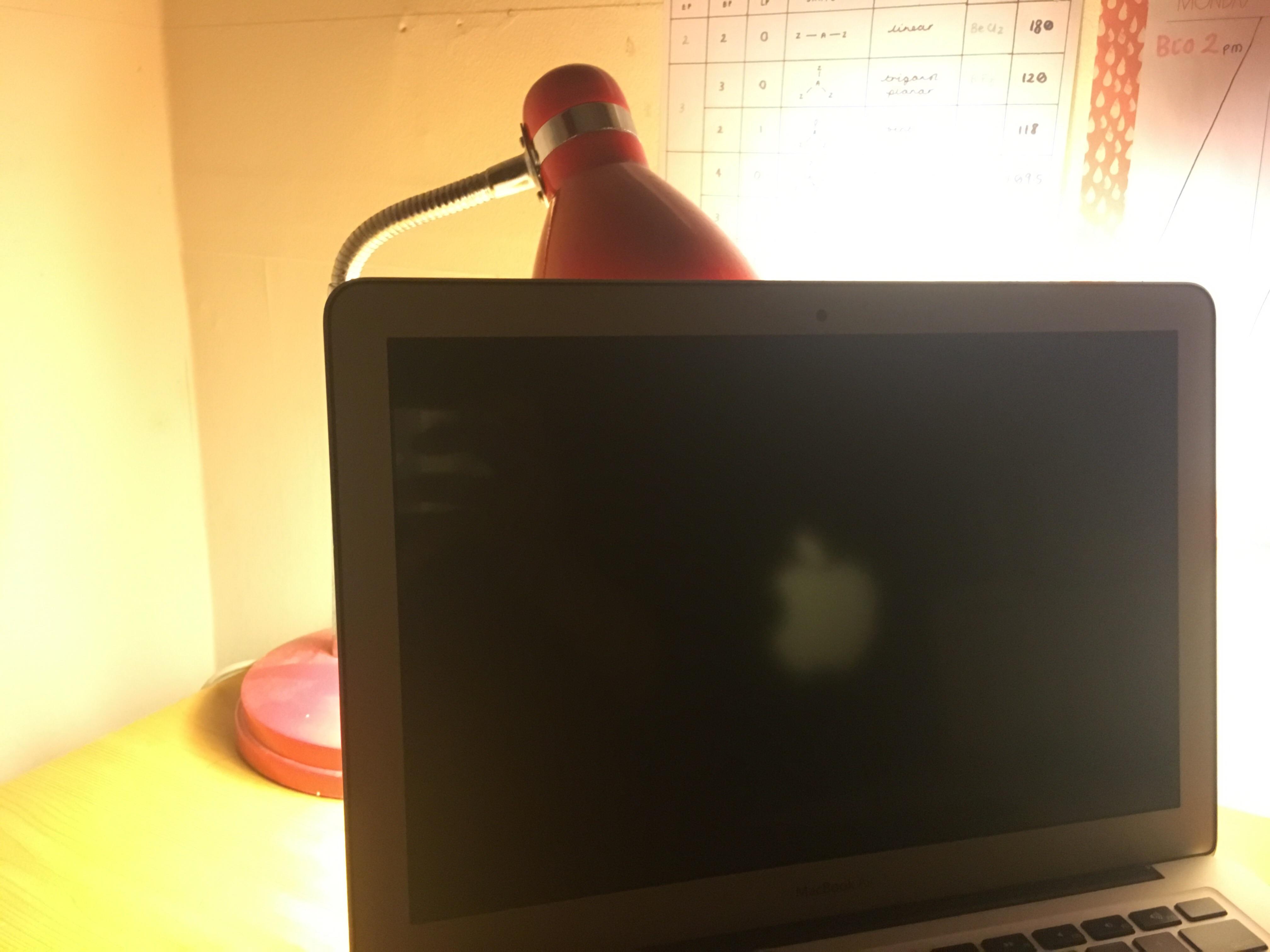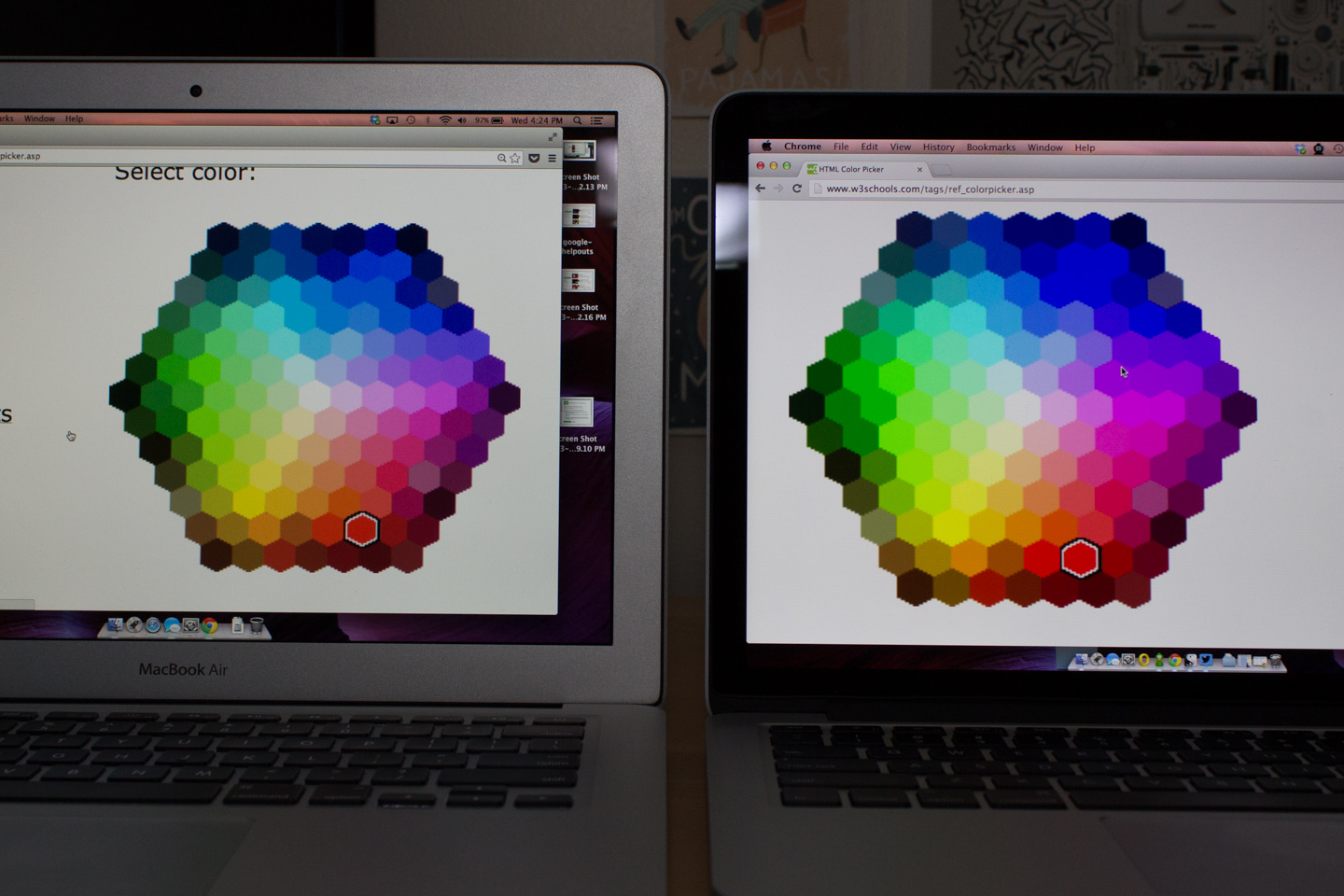
/monitor-bluscreen-56a5d5363df78cf7728a101a.jpg)
- #HOW TO FORMAT MACBOOK AIR 2013 BLACK SCREEN FOR FREE#
- #HOW TO FORMAT MACBOOK AIR 2013 BLACK SCREEN HOW TO#
- #HOW TO FORMAT MACBOOK AIR 2013 BLACK SCREEN MAC OS#
- #HOW TO FORMAT MACBOOK AIR 2013 BLACK SCREEN INSTALL#
- #HOW TO FORMAT MACBOOK AIR 2013 BLACK SCREEN BLUETOOTH#

#HOW TO FORMAT MACBOOK AIR 2013 BLACK SCREEN MAC OS#

Click Erase in the top area of the utility window.Select your startup disk in the sidebar of Disk Utility (click the top item like Apple SSD, not the volume name, Macintosh HD).Click Disk Utility in the utilities window, then click Continue.When the process is complete, you’ll see the macOS Utilities window.Įrase your startup disk (hard drive/solid state drive) Loading time for macOS Recovery will vary depending on your internet connection. ⌥⌘R (Option Command R) = Upgrade to the latest macOS that is compatible with your MacĪpple notes on its support page, “if you’re selling or giving away a Mac that is using OS X El Capitan or earlier, use Option-Command-R to make sure that the installation isn’t associated with your Apple ID.” This also installs the latest available software.⌘R (Command R) = Reinstall the latest macOS that was installed on your Mac, without upgrading to a later version.
#HOW TO FORMAT MACBOOK AIR 2013 BLACK SCREEN INSTALL#
Press and hold the power button to turn it on and continue to hold it until you see the startup optionsįor Intel Macs, macOS Recovery will install a different version of macOS depending on the key combination you use when starting up your Mac (no installation discs or macOS loaded onto an external drive is needed). Hold down one of the following key combinations right after powering on your Mac, and let go when you see the globe or Apple logo.Boot into macOS Recovery On Apple Silicon Macs Shut down your Mac, then turn it on and immediately press and hold these four keys together: Option, Command, P, and R. Reset NVRAM (see below for details on steps 4-7)Īpple notes in a support document that resetting the NVRAM is important to do for Intel Macs without the Apple T2 Security Chip as it wipes out user settings and restores security defaults.Sign out of iMessage and FaceTime (in Preferences for each app).Sign out of iCloud (System Preferences > Apple ID > Overview > Sign Out).
#HOW TO FORMAT MACBOOK AIR 2013 BLACK SCREEN HOW TO#
How to revive and restore M1 Macs, what the difference is, and when to use themįactory reset MacBook running macOS Big Sur or earlier.Note: If your M1/M1 Pro/M1 Max MacBook won’t start up properly, you may need to restore or revive it. You can read more about the new Erase Assistant in macOS Monterey in Apple’s support document here. The currently installed macOS version will remain.Like iOS, the new erase process in macOS Monterey handles everything to fully wipe your Mac.Follow the prompts to fully erase your Mac.Click System Preferences in the menu bar > Erase All Contents and Settings.If you haven’t upgraded already, it’s easiest to factory reset a Mac that’s running Monterey. MacOS Monterey offers an all-new Erase Assistant for 2018 and later Macs. How to factory reset MacBook and Mac desktops Factory reset MacBook running macOS Monterey How to Trade in Your MacBook - The Ultimate Guide.
#HOW TO FORMAT MACBOOK AIR 2013 BLACK SCREEN FOR FREE#
#HOW TO FORMAT MACBOOK AIR 2013 BLACK SCREEN BLUETOOTH#
You may want to unpair any Bluetooth devices as well. It doesn’t hurt to sign out of any other accounts under System Preferences → Internet Accounts, too. Read along for how to factory reset MacBook and other Macs.īefore you factory reset your Mac, make sure that you have a current backup.Īnd if you’re running macOS Big Sur or earlier you’ll want sign out of iCloud, iMessage, and FaceTime. Notably, macOS Monterey includes a handy new erase option like on iOS.

If you’re ready to sell, trade-in, or give away your Mac or wipe it for another reason there are different steps to the process depending on what Mac you have and what version of macOS it’s running.


 0 kommentar(er)
0 kommentar(er)
